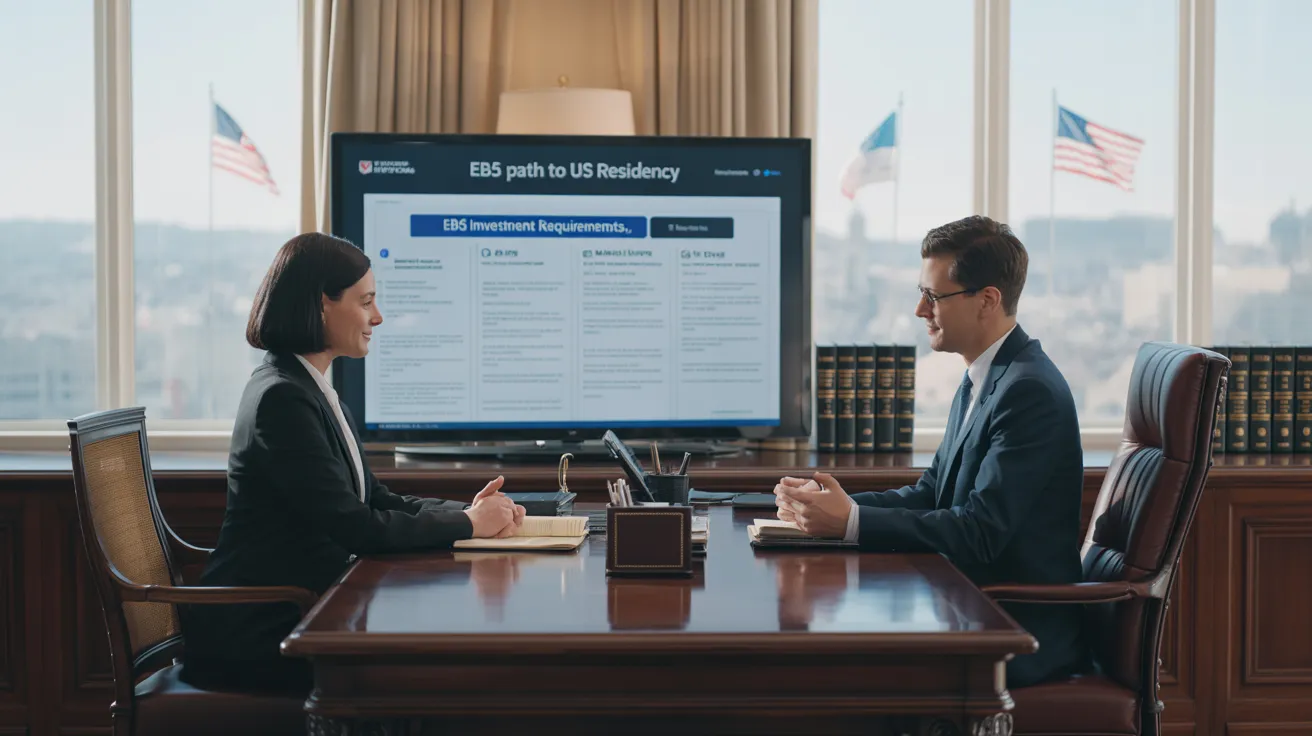L1 Visa Explained
L1 Visa - Questions
Table of ContentsGetting The L1 copyright WorkFascination About L1 VisaAll about L1 VisaAbout L1 Visa6 Simple Techniques For L1 VisaThe Main Principles Of L1 Visa
Readily Available from ProQuest Dissertations & Theses Worldwide; Social Science Premium Collection. (2074816399). (PDF). Congress. (PDF). DHS Workplace of the Examiner General. (PDF). (PDF). "Nonimmigrant Visa Stats". Retrieved 2023-03-26. Department of Homeland Safety Office of the Inspector General, "Review of Vulnerabilities and Prospective Misuses of the L-1 Visa Program," "A Mainframe-Size Visa Loophole".
United State Division of State. Retrieved 2023-02-08. Tamen, Joan Fleischer (August 10, 2013).
L1 Visa for Beginners
In order to be eligible for the L-1 visa, the foreign firm abroad where the Recipient was employed and the United state business have to have a certifying relationship at the time of the transfer. The different types of qualifying partnerships are: 1.
Firm A has 100% of the shares of Company B.Company A is the Parent and Company B is a subsidiary. There is a certifying connection between the 2 companies and Firm B must be able to fund the Beneficiary.
Business A has 40% of Firm B. The staying 60% is had and regulated by Firm C, which has no relation to Company A.Since Company A and B do not have a parent-subsidiary connection, Business A can not sponsor the Beneficiary for L-1.
Example 3: Company A is integrated in the united state and intends to petition the Recipient. Business B is incorporated in Indonesia and employs the Beneficiary. Company An owns 40% of Business B. The remaining 60% is had by Firm C, which has no relationship to Company A. Nonetheless, Business A, by formal contract, controls and full manages Company B.Since Company An owns less than 50% of Firm B however takes care of and controls the business, there is a qualifying parent-subsidiary connection and Business A can sponsor the Recipient for L-1.
3 Easy Facts About L1 Visa Described
Associate: An associate is 1 of 2 subsidiaries thar are both possessed and controlled by the very same moms and dad or individual, or had and regulated by the very same team of people, in essentially the exact same ratios. a. Instance 1: Company A is integrated in Ghana and employs the Beneficiary. Business B is integrated in the U.S.
Company C, additionally integrated in Ghana, possesses 100% of Firm A and 100% of Firm B.Therefore, Company A and Company B are "associates" or sister business and a certifying relationship exists between both firms. Company B ought to be able to fund the Beneficiary. b. Instance 2: Company A is included in the united state
Firm A is 60% possessed by Mrs. Smith, 20% possessed by Mr. Doe, and 20% had by Ms. Brown. Company B is included in Colombia and presently employs the Beneficiary. Company B is 65% had by Mrs. Smith, 15% had by Mr. Doe, and 20% find out more owned by Ms. Brown. Firm A and Business B are affiliates and have a certifying connection in two various methods: Mrs.
The L-1 visa is an employment-based visa category established by Congress in 1970, permitting international firms to move their supervisors, executives, or key workers to their U.S. operations. It is typically described as the intracompany transferee visa. There are two main types of L-1 visas: L-1A and L-1B. These kinds appropriate for workers employed in various placements within a company.

Additionally, the beneficiary should have operated in a supervisory, executive, or specialized worker setting for one year within the 3 years coming before the L-1A application in the foreign firm. For brand-new workplace applications, foreign work must have been in a supervisory or executive capability if the beneficiary is coming to the USA to work as a manager or exec.
An Unbiased View of L1 Visa

If granted for a united state company functional for even more than one year, the first L-1B visa is for as much as 3 years and can be prolonged for an added 2 years (L1 Visa). On the other hand, if the united state company is newly developed or has been operational for less than one year, the first L-1B visa is released for one year, with expansions offered in two-year increments
The L-1 visa is an employment-based visa category developed by Congress in 1970, permitting international business to transfer their supervisors, execs, or key employees to their U.S. operations. It is commonly referred to as the intracompany transferee visa.
L1 Visa for Beginners
Additionally, the recipient should have operated in a supervisory, exec, or specialized staff member position for one year within the 3 years preceding the L-1A application in the foreign firm. For brand-new office applications, international employment needs to have remained in a managerial or executive capacity if the beneficiary is pertaining to the United States to work as a manager or exec.
for approximately 7 years to oversee the operations of the U.S. associate as an exec or manager. If released for an U.S. firm that has actually been functional for even more than one year, the L-1A visa is at first approved for approximately three years and can be extended in two-year increments.
If provided for an U.S. firm functional for more than one year, the first L-1B visa is for up to 3 years and can be prolonged for an added contact us two years. Alternatively, if the U.S. company is newly developed or has been functional for less than one year, the preliminary L-1B visa is released for one year, with expansions readily available in two-year increments.